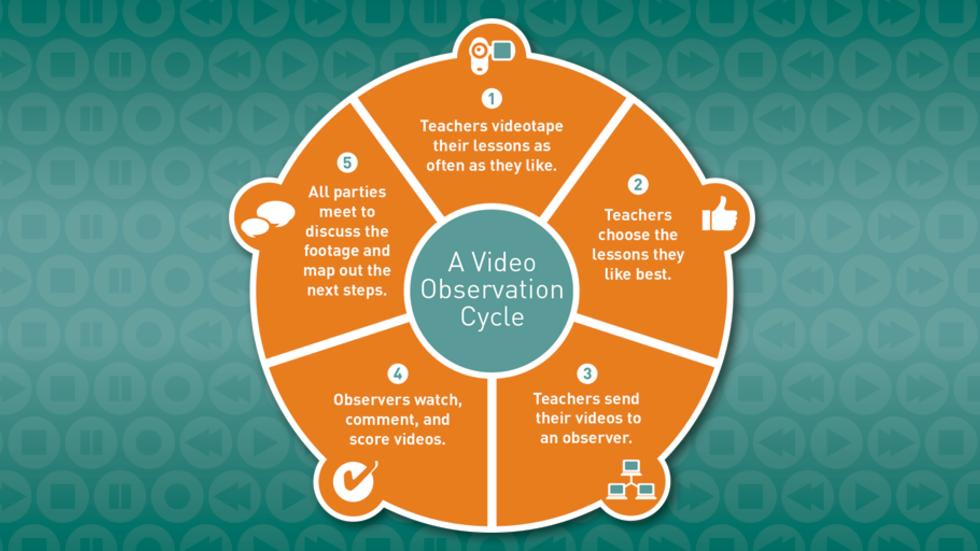Resources
Resources by Type
Research Report
SDP Partner Diagnostic
- SDP Human Capital Diagnostic for Boston Public Schools
- SDP College-Going Diagnostic for Gwinnett County Public Schools
- SDP Human Capital Diagnostic for Los Angeles Unified School District
- SDP Human Capital Diagnostic for Gwinnett County Public Schools
- SDP Human Capital Diagnostic for Fulton County Schools
- SDP College-Going Diagnostic for Fulton County Schools
- SDP College-Going Diagnostic for Fort Worth Independent School District
- «
- 3 of 3
Resources By Focus Area
Teacher Effectiveness
- SDP Human Capital Diagnostic for Los Angeles Unified School District
- SDP Human Capital Diagnostic for Gwinnett County Public Schools
- SDP Human Capital Diagnostic for Boston Public Schools
- SDP Human Capital Diagnostic for Albuquerque Public Schools
- SDP Human Capital Diagnostic for Colorado
- SDP Key Findings Report for Colorado: Mathematics Teacher Placement Patterns
- SDP Educator Diagnostic for Delaware Department of Education
- SDP Human Capital Diagnostic for the New York State Education Department
- SDP Human Capital Diagnostic for Denver Public Schools
- Estimating Teacher Impacts on Student Achievement: An Experimental Evaluation
Postsecondary Access & Success
- SDP College-Going Diagnostic for The School District of Philadelphia
- Graduate Exit Survey Toolkit
- SDP College-Going Diagnostic for Gwinnett County Public Schools
- Increasing College-Going Rates in Fulton County Schools: A Summer Intervention Based on the Strategic Use of Data
- SDP College-Going Diagnostic for Fulton County Schools
- SDP College-Going Diagnostic for Fort Worth Independent School District
- «
- 3 of 3


